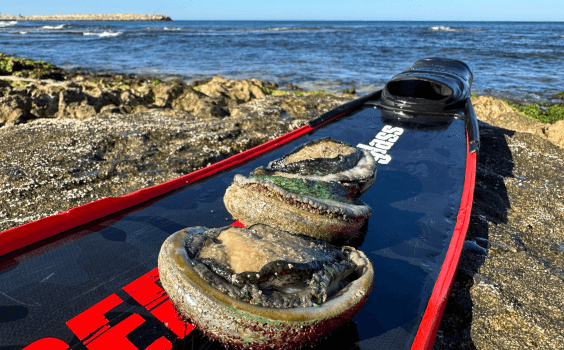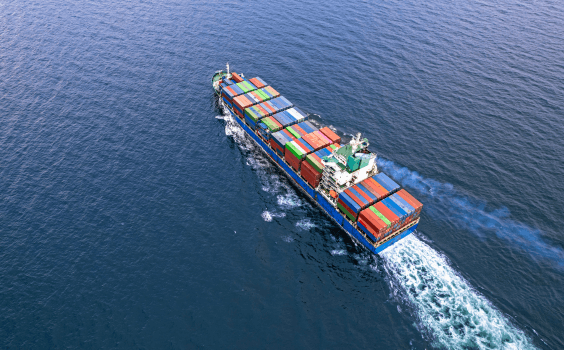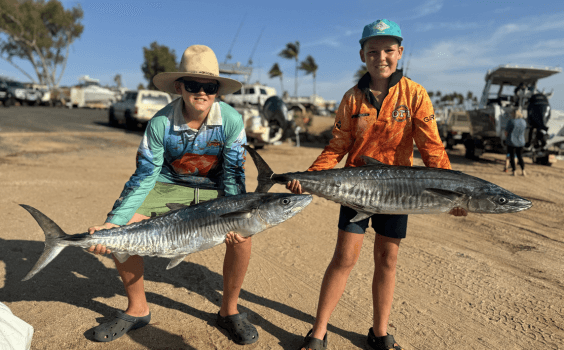Recfishwest Update
Please find below the Department of Fisheries Media Release regarding the latest on the Cockburn Sound fish kill.
Department of Fisheries Media Release 8 December, 2015 – Breakthrough in cause of Cockburn Sound fish deaths
The Department of Fisheries investigations have confirmed that November’s Cockburn Sound fish deaths were likely caused by a bloom of microscopic algae. Supervising Scientist Dr Michael Snow said exhaustive testing had isolated a spike of a group of algal diatom species called Chaetoceros spp. which have spines made of silica and are known to causes gill irritation in fish that can lead to mucous accumulation and respiratory failure.
“Similar diatoms have been implicated in fish death events in other parts of Australia and also internationally,” Dr Snow said.
“This bloom may also have been associated with low dissolved oxygen conditions which are known to periodically occur in southern section of Cockburn Sound placing extra stress on the fish. We know from experience that fish death events often involve multiple contributory factors that make cases difficult to solve.
“We appreciate the patience of the WA community as the multidisciplinary investigative team have methodically eliminated many other causes. We cannot afford to jump to conclusions in these cases which must be based on solid scientific evidence. Investigations have included screening for a wide range of over 120 algal toxins and industrial contaminants including heavy metals, fertilisers, pesticides and hydrocarbons.
“Other Government agencies have also pursued and eliminated a number of other possibilities.
Dr Snow said results received late yesterday – and confirmed earlier today – indicate that the algal diatom is the most likely cause. He said satellite data also showed an increase in surface water temperature at the same time, which may have contributed to the bloom event
“The diatom is 10-50 microns in size, which is similar to the diameter of a human hair,” he said. “Diatoms naturally occur in all marine and estuarine environments. They are not harmful to humans. The Department of Health has confirmed the Sound is safe for fishing and swimming.”
Dr Snow said the Department of Fisheries would continue to monitor fish stocks to assess the long term implications of the fish deaths event.
“Seasonal restrictions on pink snapper fishing remain in place (due to spawning), as does a ban on crab fishing due to stock declines in recent years and Cockburn Sound is also subject to the annual West Coast demersal finfish closure,” he said.
Dr Snow said the Department of Fisheries would release a public report on its findings and provide it to other departments with a management role in Cockburn Sound, as well as the Cockburn Sound Management Council.





